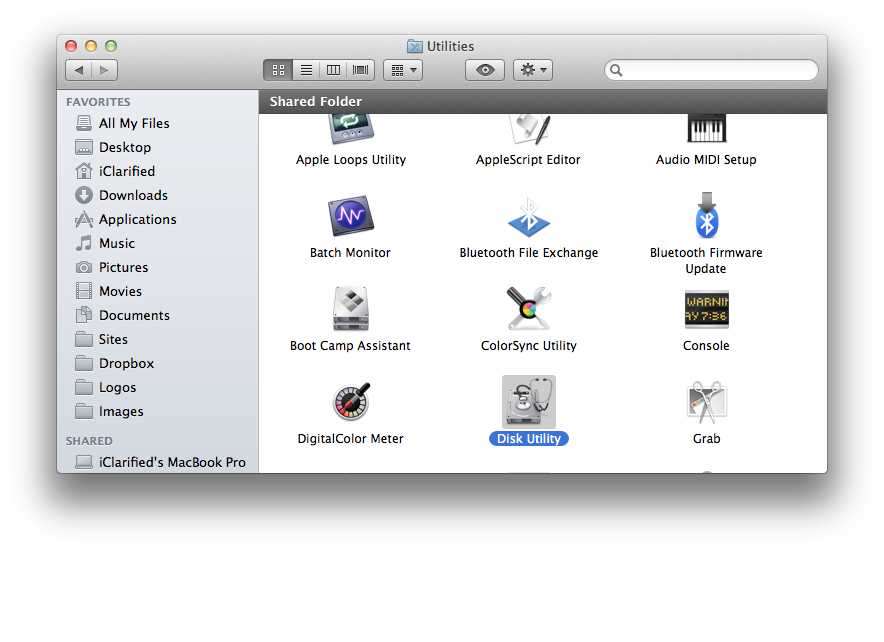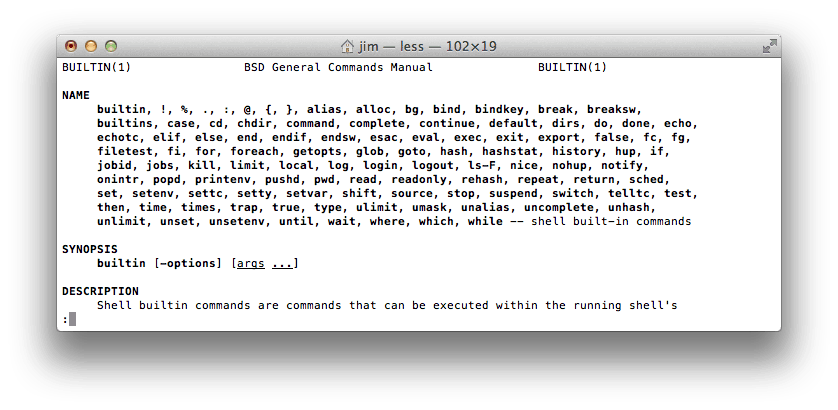

Or: shell mysql -user=username-password dbname Enter password: yourpassword. When used non-interactively (for example, as a filter), the result is presented in tab-separated format. When used interactively, query results are presented in an ASCII-table format. It supports interactive and non-interactive use. Invoke it from the prompt of your command interpreter as follows: shell mysql dbname. mysql (from MariaDB 10.4.6, also called mariadb) is a simple SQL shell (with GNU readline capabilities).

Additionally: To view a list of MySQL commands, type help at the mysql prompt. To access a specific database, type the following command at the mysql prompt, replacing DBNAME with the database that you want to access: use DBNAME After you access a database, you can run SQL queries, list tables, and so on.
#Mysql command line for mac os x how to#
How to Dump All Databases from MySQL via Command Line. $ mysql -version mysql Ver 14.14 Distrib 5.7.10, for osx10.9 (x8664) using EditLine wrapper Now that we have MySQL installed and accessible from the Terminal, it’s time to connect to the database and start the MySQL server. We’re going to assume you already have MySQL installed and running, if not you can learn about starting and stopping MySQL server on Mac OS here and can download MySQL here or if you’re looking for an entire web server stack, check out the easy to use MAMP for Mac. MySQL is not part of the default install in OS X. Many people like the phpMyAdmin package to manage MySQL through a web browser. The main command line utilities are mysql, mysqldump, and mysqladmin. Enter the following commands to start or stop. To start or stop MySQL on the Windows command line: Open the Command Line by finding it in the Start menu or pressing the Windows key and searching for “command”. If you’re running MySQL on Windows, you can either use the Command Line or the Services section in the Control Panel.


 0 kommentar(er)
0 kommentar(er)
